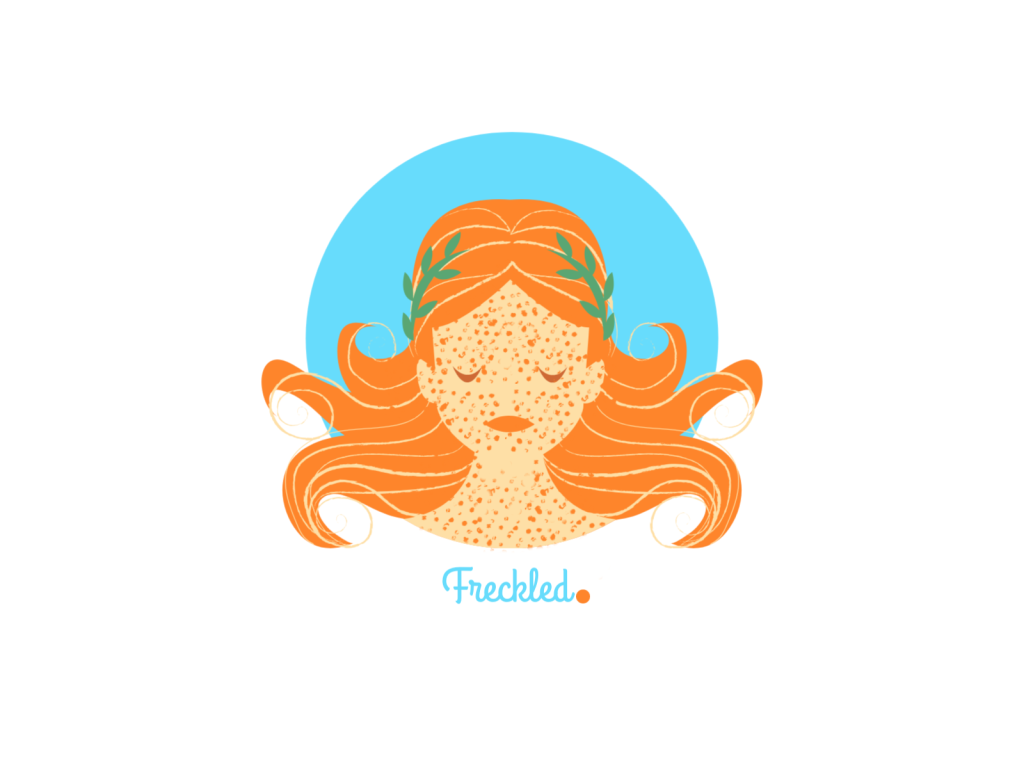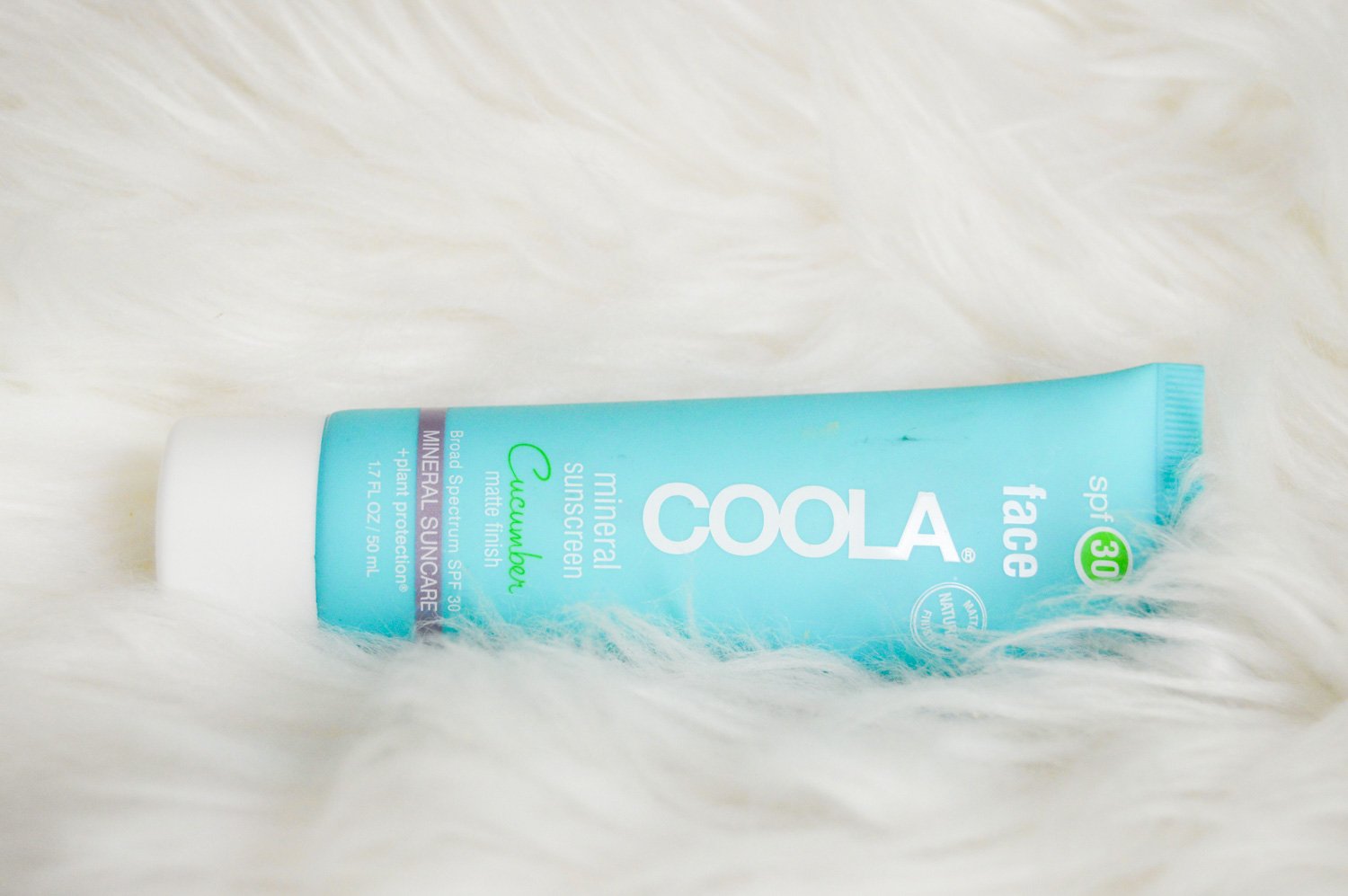Unfortunately, when I googled “care for freckled skin” a lot of the posts that came up were still about getting rid of freckles, or how to “deal” with them (lookin’ at you Allure). But care for freckled skin goes beyond daily sunscreen. Although, and I can’t emphasize this next part enough, SUNSCREEN SHOULD BE A DAILY PART OF YOUR RITUAL.
Now that that’s out of the way, freckles are an indicator that we have skin sensitive to the sun’s rays, so other impacts besides freckles and sunburning may be happening that we can’t see. Dehydration, for example, may exacerbate or speed up the development of fine lines.
The skincare and cosmetics industry stays churning out a never-ending supply of “must have” products that promise everything from youth to impossible beauty standards. Instead of making impulsive, emotional decisions motivated by my own deep-seated insecurities about the way I look, I tend to turn to reddit to make informed decisions about skincare products. I can’t recommend the subreddit r/skincare_addiction enough. It’s a deep reservoir of information and testimonials about skincare products, routine orders, and which products are worth the hefty price tags these skincare products often carry.
While you’re sifting through that massive archive of information, here’s my daily skincare routine. It’s really about finding what works for your unique skin type, but these are the products that have been kind to my skin and effective in addressing my skin issues. I have that stellar combination of oily and dry skin—so I tend to avoid products that are heavy and will make me look like I’m sweating profusely all day, but I still need that added moisture to quench my skin.
Morning Routine
- Rinse with cold water, pat dry.
- Apply eye serum oil. I use the “Eye Serum” from Thesis. It’s a natural and organic combination of oils that stays smooth under my make up and isn’t too heavy. The oils include Jojoba, Grapeseed, Argan, Rosehip, Lavender, Palmarosa, Blue Chamomile, and Vitamin E. The 1 oz bottle runs around $18, but it lasts me an entire year.
- Let it dry, drink coffee/eat breakfast.
- Apply daily light sunscreen. For freckled people it’s wise to find a sunscreen you can wear year-round that isn’t too strong in the odor department and goes on smooth under make up. Read my earlier review and recommendation of Coola.
- Brush teeth while letting the sunscreen set a little. Apply make up.
Evening Routine
- Remove make up/wash skin. I get worried about stripping my skin of its natural oils, so I typically only use make up remover and water at the end of the day. Pat dry.
- When skin is completely dry, I use Avene Retrinal Eyes. I gently tap this around any fine lines and crows feet I see starting to form, and then smooth it around the brow bone. This product uses a less intense form of Retrinaldehyde safe for the delicate eye area, but everyone should be careful when trying retinoids for the first time. They supply skin with vitamin A when used topically, but some people have negative reactions like burning and irritation.
- After the Avene sets, about 15 minutes, I apply more oil. In the evening I prefer Mountain Rose Herbs Restorative Skin Oil. This is my time to really go nuts with the moisturizing since no one will see my overly-shiny face except my husband and my pillow case. Its divine smell also helps me drift off to sleep.
That’s my basic routine. And as my mom always tells me, don’t forget your neck! What are your go to products? Drop a comment or email me at freckledtheblog@gmail.com.














